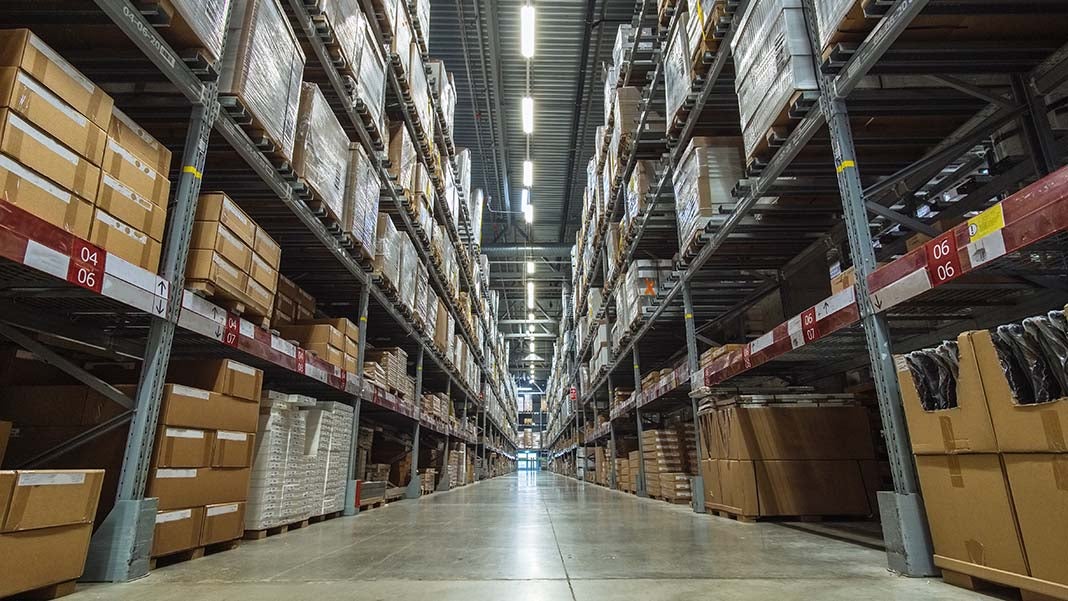How to Launch a Warehouse Management Business
By: Anand Srinivasan

The success of shared office spaces in recent years has spawned similar business models in other industries, as well. There are a number of businesses today offering shared spaces for stylists, attorneys and accountants, just to name a few. One industry where shared space is extremely common is warehousing.
The reason shared warehouses are so popular is obvious: setting up a warehouse costs hundreds of thousands of dollars. Small businesses with just a handful of SKUs and a turnover of a few hundred thousand dollars find warehousing an expensive proposition. Shared warehouses also make it possible for such businesses to scale up or down depending on their needs. Predicting expense is easier when you are paying by the cubic foot of leased space.
If you are an aspiring entrepreneur looking for a B2B opportunity, operating warehouses can be incredibly lucrative. Here is a guide on how to go about launching your warehouse business.
Understanding how warehouses work
A warehouse business is not simply about buying real estate and leasing it out for businesses to stock their goods. There are a number of legal hurdles to cross before you can establish a legitimate warehouse business.
In addition to this, setting up a shared space for various businesses can be tricky. For one, taking stock of inventory for various businesses can be a time consuming process. In addition to this, clients may also require real-time notification for goods that make their way in and out of your warehouse. If you have a lot of clients, managing invoices for these various customers could be cumbersome too. A robust warehouse management system can come in handy here. It also helps if you have experience managing warehouses for various clients previously since you may be in better shape to launch your own business in this industry.
Validate the opportunity
The first step in the process is to know whether or not there is a demand for a new warehouse in your desired location. Warehouses are typically present in locations where real estate is cheap and which is close to customer centers. Such locations bring down the cost of stocking and distribution for suppliers and are hence preferred.
A quick rule of thumb to validate opportunity in the market is to look for existing warehouses in a specific geography. If possible, also look for industries that they cater to. For instance, warehouses stocking food suppliers will typically be close to residential neighborhoods. On the other hand, warehouses stocking industrial components are mostly located near factories.
Analyzing existing warehouses will give you a good idea about whether or not a market is under-served. Alternately, some locations are popular for warehouses simply because of other advantages they present, like weather, infrastructure, tax breaks, etc. It is a good idea to analyze these various factors before deciding on the right location.
Validating demand
The next step in the process is to identify the square foot area of warehouse that you should build. This typically depends on the products you want to stock and demand. A good way to validate demand is by setting up an online presence and scouting for prospective new customers.
Consider using a service like NameMesh to come up with a brand-worthy name for your business. This is important since you need to be sure that a perceived lack of demand is not because your organization does not seem legitimate enough. You may also experiment with multiple brand names for various locations if you want to minimize risks due to this factor
Once you have a website ready, launch a PPC campaign targeted at your specific geography (or targeted at the location of your prospective clients). This will help you instantly reach a steady stream of prospective businesses interested in leasing out a warehouse space. When talking to these prospects, get a fair idea of their industry, their cubic-foot space requirements, the fee they are comfortable with, and all the locations that they serve. This will help you decide on your location, warehouse size, pricing and industries you want to focus on.
Finalizing the location
Once you have established the right location, it is time to finalize a good property within the location. Local infrastructure is a defining factor that makes a warehouse great. This not includes road connectivity, proximity to the port and train stations, but also cheap electricity. This is especially important if you handle cold chain and want uninterrupted electricity connection.
Funding your warehouse
Warehouses can be pretty expensive to set up. Finding the right source of funds is thus incredibly important. Most entrepreneur seek debt to fund the construction of their warehouse. This is because most clients in this industry seek long-term contracts and revenue is thus predictable. Therefore, as long as you have signed up clients for your space, repayment should not be a major worry.
3341 Views












